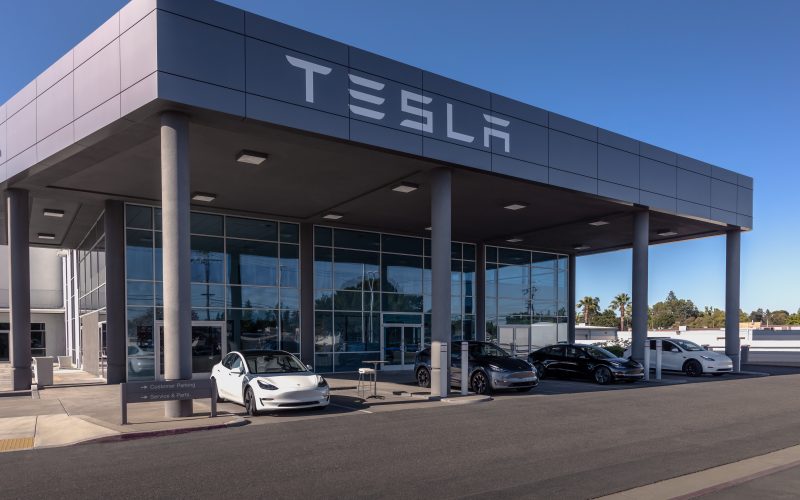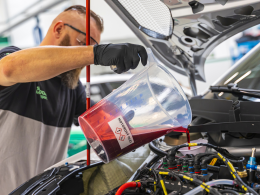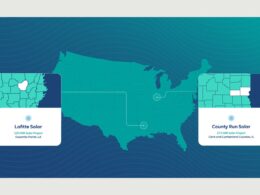Tesla’s latest earnings report shows a decline in net income but a record increase in carbon credit revenue. The company posted $8.4 billion in net income for 2024, down 23% from the previous year and 40% from its peak in 2022. Vehicle deliveries also slipped, reflecting weaker demand and rising competition. However, its carbon credit business remains a major source of revenue.
In the last quarter, Tesla earned $692 million from regulatory credit sales, making up nearly 30% of its net income. For the full year, revenue from carbon credits reached $2.76 billion, up 54% from 2023. Since 2017, Tesla has generated over $10.4 billion from selling emissions credits, supplying legacy automakers that struggle to meet strict environmental regulations.
Tesla earns regulatory credits by selling zero-emission vehicles, which generate compliance credits for automakers unable to meet emissions targets in the US, Europe, and China. Companies such as Stellantis, Toyota, and Ford purchase these credits to avoid fines, creating a lucrative revenue stream for Tesla.
Despite expectations that demand for these credits would decline as more manufacturers expand electric vehicle production, Tesla’s earnings from this segment have remained strong. Slow EV adoption among traditional automakers, combined with tightening emissions regulations, continues to fuel the carbon credit market. With the EU set to ban new petrol and diesel car sales by 2035, the need for compliance solutions is unlikely to disappear soon.
While regulatory credits provide financial support, Tesla is diversifying its revenue streams. Its energy business hit new milestones in 2024, with record deployments of Powerwall and Megapack storage systems. The company also expanded its Supercharger network, surpassing 65,000 stalls worldwide.
Tesla is also advancing AI-driven innovations in autonomous driving, battery production, and manufacturing. Its Full Self-Driving technology aims to optimise traffic flow and reduce energy waste, reinforcing Tesla’s sustainability strategy.





















